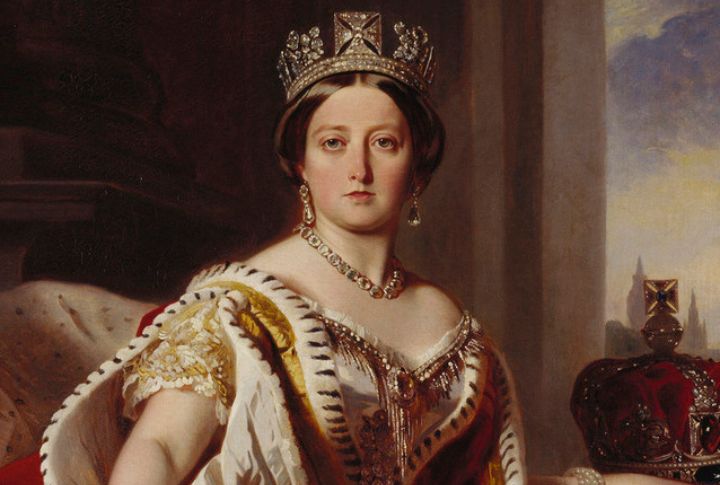
The Victorian era produced some of the most iconic and historically significant pieces that continue to captivate us today. These treasures, from groundbreaking inventions to royal fashion, symbolize the era’s fusion of innovation and deep cultural significance. Let’s explore 10 classic pieces and their fascinating stories.
Queen Victoria’s Coronation Dress
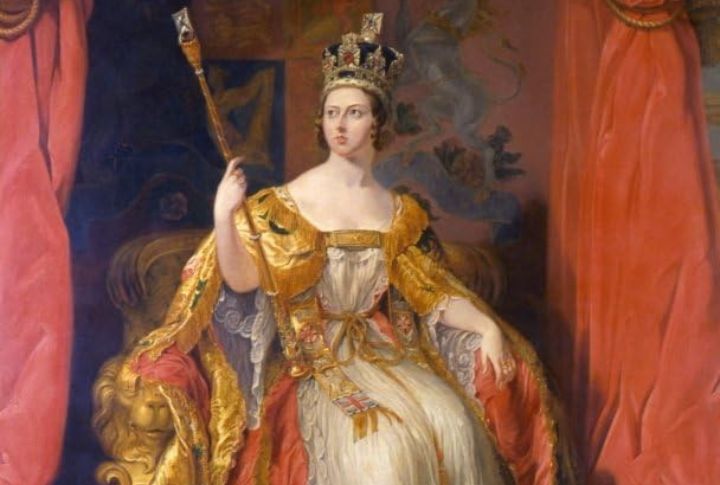
Queen Victoria’s coronation dress is a spectacle of silk, lace, and all the regal trimmings. Picture a gown so iconic that it’s still talked about. She wore this dress in 1838 when she was just 18; it was a declaration of youthful power. You can take a look at this extravagant dress in the Victoria and Albert Museum in London.
Charles Darwin’s Manuscript

The original manuscript of Darwin’s “On the Origin of Species” is a rare piece of early biological research that laid the foundation for modern evolutionary science. It’s now preserved at the British Library in London. However, his text was nearly lost in the shuffle of Victorian society’s orthodox beliefs. It took time for society to acknowledge his biological findings.
Mourning Jewelry
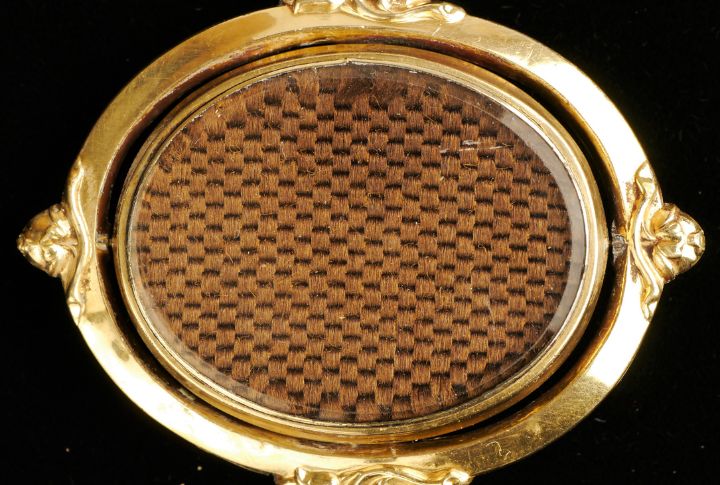
Victorians had a rather dramatic relationship with death, and what better way to remember the dearly departed than through personalized mourning jewelry? You can look at some of those lockets containing hair, brooches with engraved portraits, and rings bearing hidden messages. This trend was popularized by Queen Victoria after Prince Albert’s death.
The Fabergé Eggs
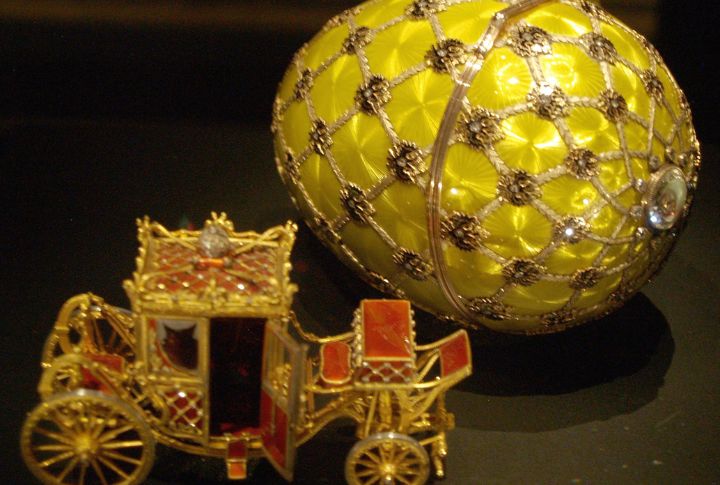
Those trinkets look so opulent they make modern diamonds feel like basic jewelry. Russian jeweler Carl Fabergé created The Fabergé Eggs for the Russian tsars, and they became symbols of luxury and craftsmanship. Though most closely tied to Russian royalty, their intricate design captured the admiration of European elites during the Victorian era.
Penny Black Stamps

Before emojis, there were stamps. But not just any stamp; this is the world’s first-ever adhesive postage stamp, and it was saved. The Penny Black was released in 1840, and it ignited the mail revolution. You can call it the Victorian version of Twitter (now X): compact and capable of sending a message worldwide—except the postage was far more expensive.
Alarum Clocks
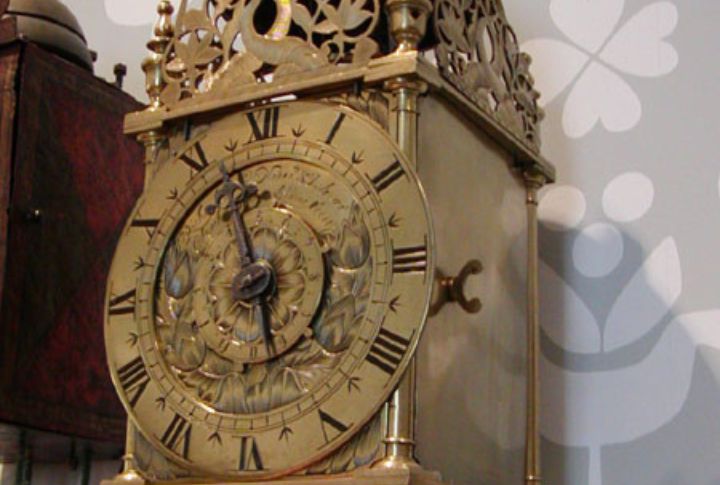
Think about a clock that screams at you to wake up. The Victorian Alarum clock had such an ear-piercing, sleep-altering bell. It was the ultimate wake-up call back then. Several museums and collections display this odd clock. It was a metaphor for the people of that era—urgent and always pressing for you to get things done.
Isambard Kingdom Brunel’s Railway Ticket

Brunel’s railway tickets stand as treasured antiques as they capture a groundbreaking chapter in transportation history. These tickets offered passage on his Great Western Railway, designed with broad-gauge tracks for unmatched smoothness. Today, a few of those tickets are still preserved as rare reminders of Victorian ambition and ingenuity.
Queen Victoria’s Sapphire Coronation Ring
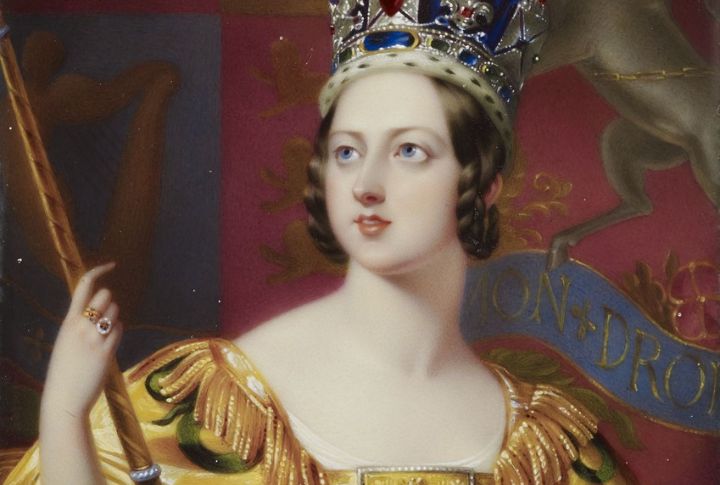
A true symbol of royal elegance, Queen Victoria’s sapphire coronation ring dazzled with a central sapphire encircled by glittering diamonds. Crafted in 1838 for her coronation, it reflected the youthful queen’s authority and grace. Its legacy endures as a timeless piece of royal history.
Seashell Collections
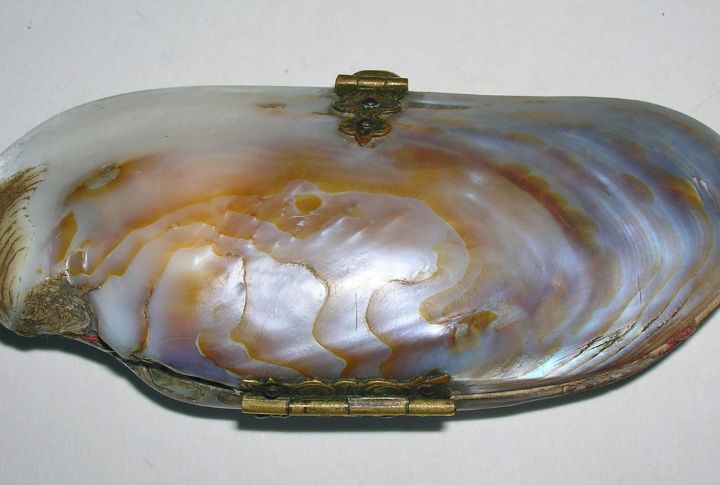
The Victorian Seashell Collection is well-kept evidence of a time when nature was studied with a zeal bordering on obsession. Victorians collected the seashells with the same fervor they devoted to science and created elaborate cabinet displays. Those seashell collections were as much about status as they were about natural curiosity.
Writing Desks
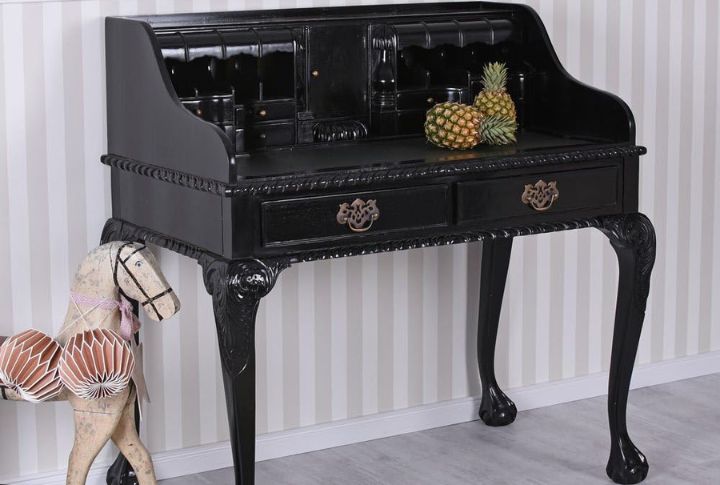
Desks of that time were masterpieces of design and practicality, typically made from oak, mahogany, or walnut. Detailed carvings and multiple drawers were there to store letters, ink, and stationery. Some desks even had secret compartments. Even to this date, collectors go after these fine antiques.
